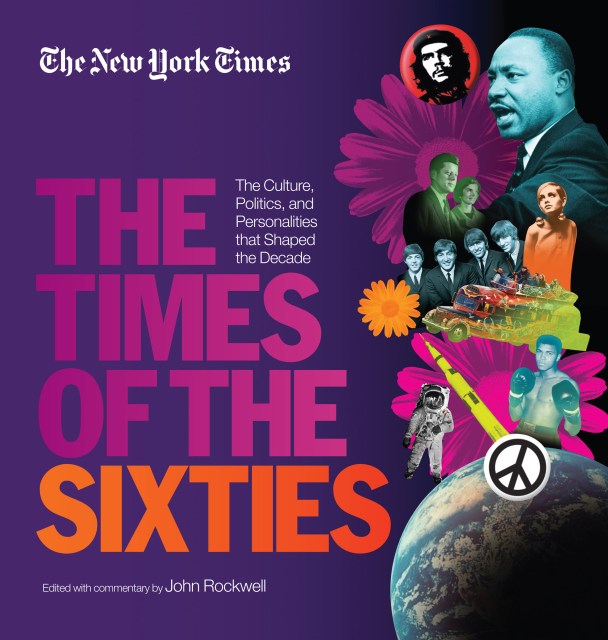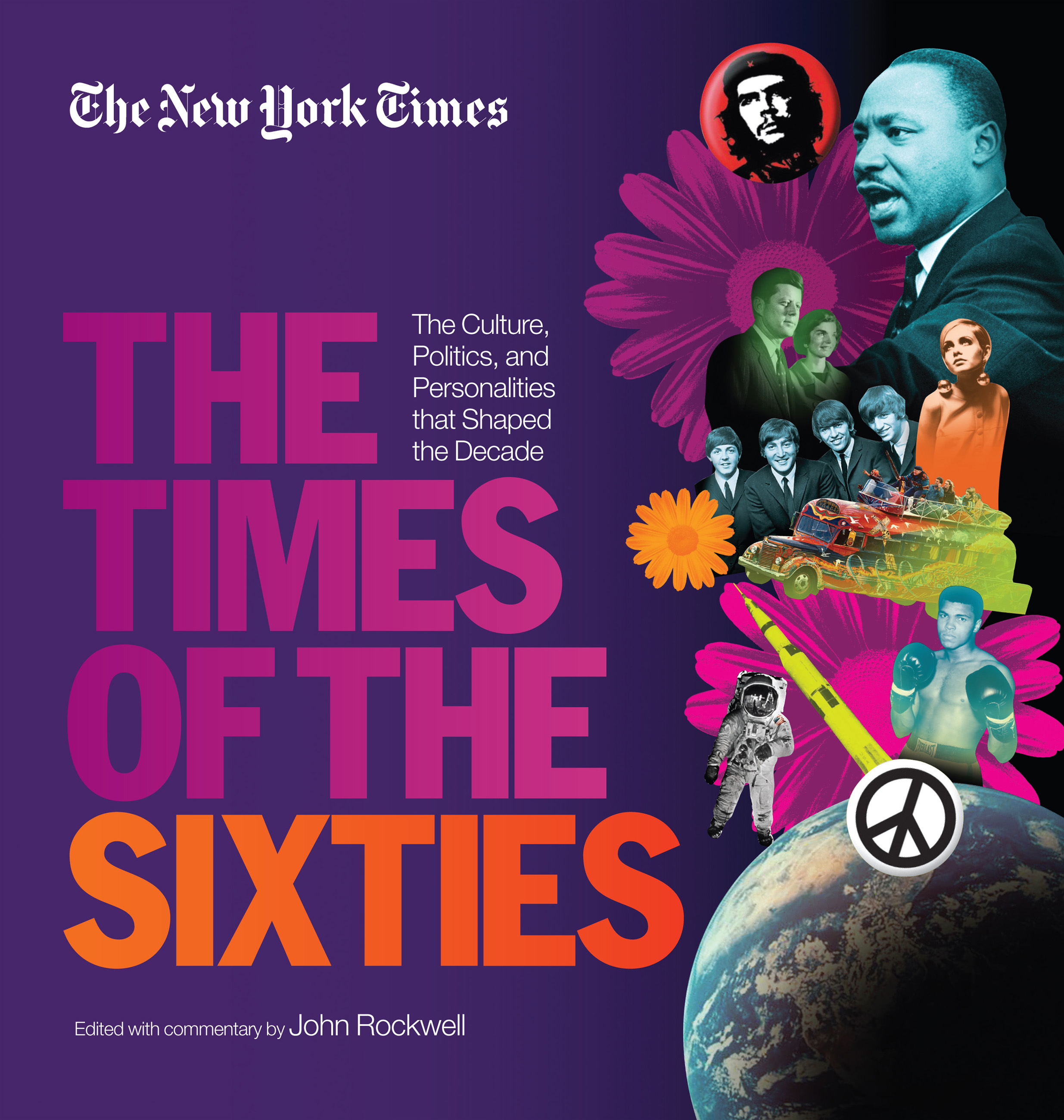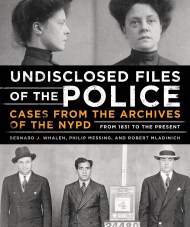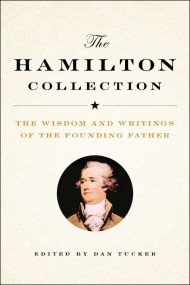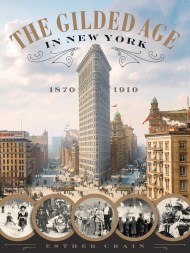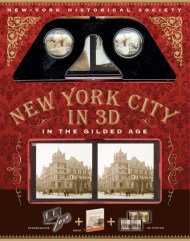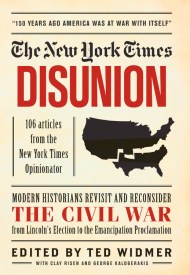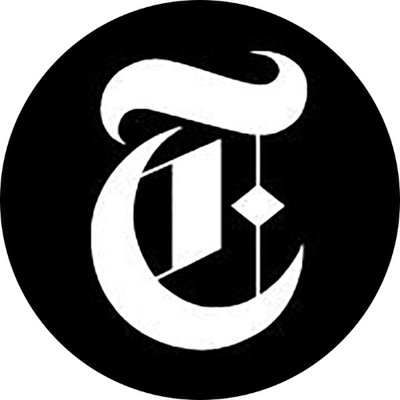Promotion
Use code MOM24 for 20% off site wide + free shipping over $45
New York Times The Times of the Sixties
The Culture, Politics, and Personalities that Shaped the Decade
Contributors
Edited by John Rockwell
Formats and Prices
Price
$14.99Price
$19.99 CADFormat
Format:
ebook $14.99 $19.99 CADThis item is a preorder. Your payment method will be charged immediately, and the product is expected to ship on or around June 10, 2014. This date is subject to change due to shipping delays beyond our control.
Also available from:
- The Cuban missile crisis
- Martin Luther King’s I Have A Dream speech and key moments in civil rights
- The assassinations of President John F. Kennedy and Senator Robert Kennedy
- The Moon landing
- The Women’s movement
- Popular music highlights like the Beatles’ British Invasion and groundbreaking artists like The Supremes
- Movie and celebrity coverage like reviews of Psycho, 2001: A Space Odyssey, and The Graduate, and
- Plus articles on pivotal figures like Mao, Che Guevara, Muhammad Ali, Marilyn Monroe, and Betty Friedan
Genre:
- On Sale
- Jun 10, 2014
- Page Count
- 324 pages
- Publisher
- Black Dog & Leventhal
- ISBN-13
- 9781603763660
Newsletter Signup
By clicking ‘Sign Up,’ I acknowledge that I have read and agree to Hachette Book Group’s Privacy Policy and Terms of Use
